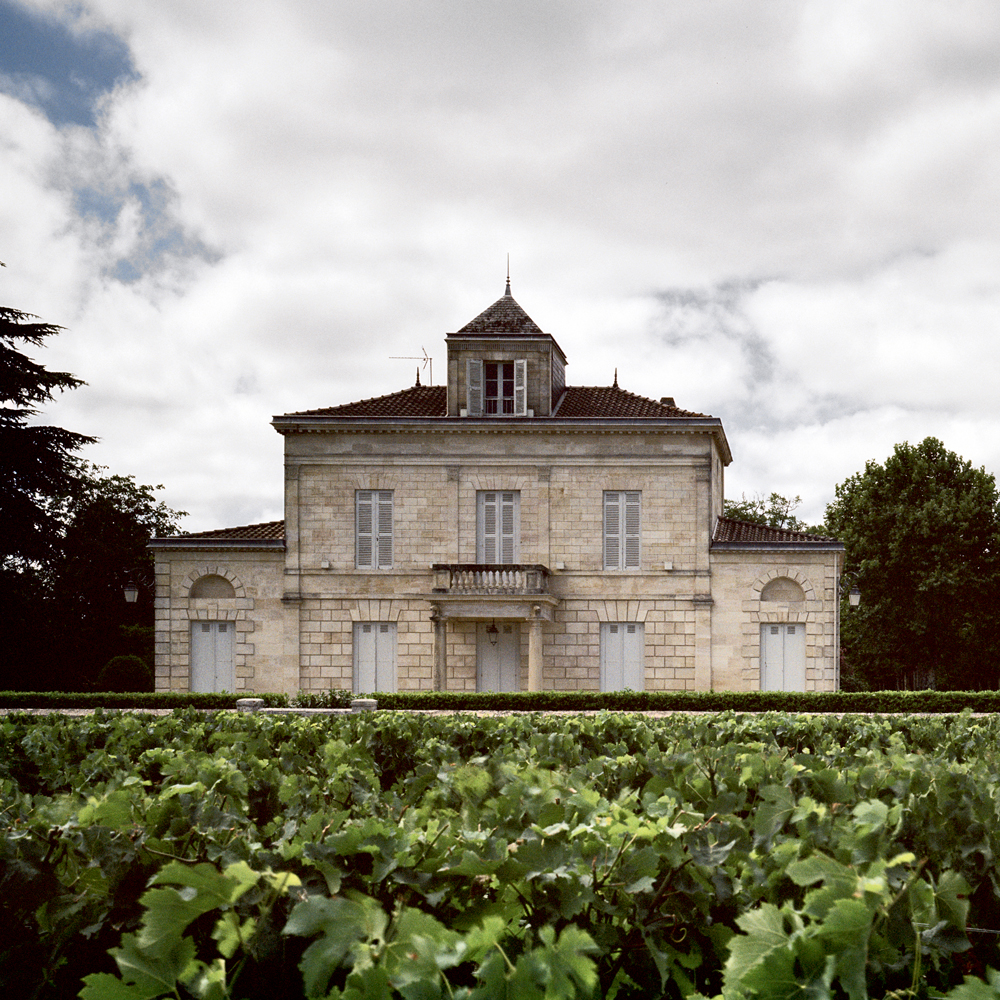Bordeaux 2020: St Estèphe
Author: Mark Pardoe MW

In this series, Mark Pardoe MW provides insight into how Bordeaux’s key communes fared in 2020. Here, our Wine Director looks at St Estèphe, based on a conversation with Lorraine Watrin of Ch. Montrose.
At a glance: St Estèphe in 2020
- Hectares under vine: 1,250
- Average yield: 41hl/ha in 2020 (50hl/ha in ’19); down 18%
- Significant châteaux: Cos d’Estournel, Montrose; Calon Ségur; Lafon-Rochet, Cos Labory, Capbern, Haut-Marbuzet, Lilian Ladouys, Meyney, Ormes de Pez, Phélan Ségur, Tronquoy-Lalande
St Estèphe 2020: Ch. Montrose
For a snapshot of St Estèphe in 2020, I caught up with Lorraine Watrin of Ch. Montrose. She was keen to highlight the fine weather from mid-March. Many of us will recall that this coincided with the start of the first UK lockdown. This sequence of bright, sunny days accelerated the cycle towards early flowering, three weeks in advance.
But a wet May, including 90 millimetres of rain on 11th May, and a cold start to June, slowed the vines, losing about two weeks of that advance. The flowering began shortly afterwards, and Lorraine contends (as does Jean-Michel Laporte at Ch. Talbot) that this rainfall compromised the flowering a little, despite the benign conditions during the actual process.
Further reduction in yield came from the mildew, which was universal in 2020 after the rains. It was unusual compared to ’18, affecting the bunches rather than the leaves, reducing the crop by as much as 10%. The grape set was also reduced. Normally the set will produce six bunches per vine; in ’20, vines were only setting four or five bunches, possibly due to the flower initiation pattern set in ’19.
From mid-June, there was no more rain. There were two periods of very hot weather, at the end of July and the start of August. Temperatures were around 35°C, peaking at 37°C. Had the rain not arrived when it did, Montrose would have contemplated a vintage similar in style to ’18. However, Lorraine draws a subtle difference between “drought stress” and “drought constraint”, with the implication of the latter being that the development of the grapes was slowed, but never compromised by the conditions.
Rain before harvest
On 12th August, 60 millimetres of rain fell, boosting the development of the grapes, and changing the style of the vintage altogether. A further 10 millimetres fell at the end of August. Without the rain, the ’18 vintage at Montrose produced wines with an alcohol level of 14.8%; ’20 is 13.4%.
With the vines refreshed, they were ready to make the most of very warm temperatures from 4th to 17th September, peaking at 34°C. A further 50 millimetres of rain fell between 18th and 26th September, which was ideal to complete the maturation of the Cabernet Sauvignon.
The Merlot harvest began on 12th September at Montrose. At neighbour Ch. Tronquoy-Lalande (under the same ownership), with more clay and Merlot in the vineyard, they had to begin earlier; the hot weather was dehydrating the Merlot too much. Montrose was not affected in the same way. Its soils appear to have been better equipped to retain the water that arrived in August.
The Cabernet Sauvignon harvest began on 21st September, finishing within a week, on the 29th. Berries were normal-sized, unaffected by the drought, but with small bunches from the flowering. The pH, at 3.8, is slightly higher than last year. Alcohol is 13.5% for the grand vin.
Retaining freshness
Since ’10, the strategy at Montrose has been to retain more freshness from the fermentation, which is temperature-controlled at 24-26°C. The team builds structure through the use of press wine, which today stands at 20% of the production. The thinking is that it is easier to build structure by adding press wine almost like a seasoning, rather than from the fermentation of the free-run juice. As Lorraine points out, if there is over-extraction at that stage, there is no going back. In ’20, press wine accounts for 14% of the blend of the grand vin.
Lorraine feels that ’20 is a balanced vintage, but not a classic one. It is very fruity, but with finely structured tannins – between ’16 and ’19 in style. The freshness comes from the purity and expressive style of the fruit, like ’16. Production here ended up at 29 hl/ha, down 35% on ’19, predominantly due to the lower number of bunches set after flowering. It is very likely that the smaller crop in fact helped the vines get through the period of drought.
For more Bordeaux 2020 En Primeur coverage, you can visit bbr.com or browse our range of Bordeaux 2020 virtual events.



What a great article! Would love to see the same descriptive quality for Cos as well as for the other top Bordeaux ( left and right bank)!
Thanks for reading, George. Mark had the below note for you. I have also included links to Mark’s other posts to date, and you will see more of them in the coming days and weeks.
“Thank you for your comment. By way of highlighting each commune’s performance in 2020, we have had some in-depth conversations with a leading producer in each commune and you will see subsequent posts relating to other châteaux over the next few days. There are no plans to feature Cos specifically at the moment as, on this occasion, St Estèphe is represented by Montrose, but they will certainly be kept in mind for future opportunities. I hope you enjoy the subsequent posts as well. Mark Pardoe MW”
https://blog.bbr.com/2021/05/10/bordeaux-2020-pomerol/
https://blog.bbr.com/2021/05/05/bordeaux-2020-st-julien/